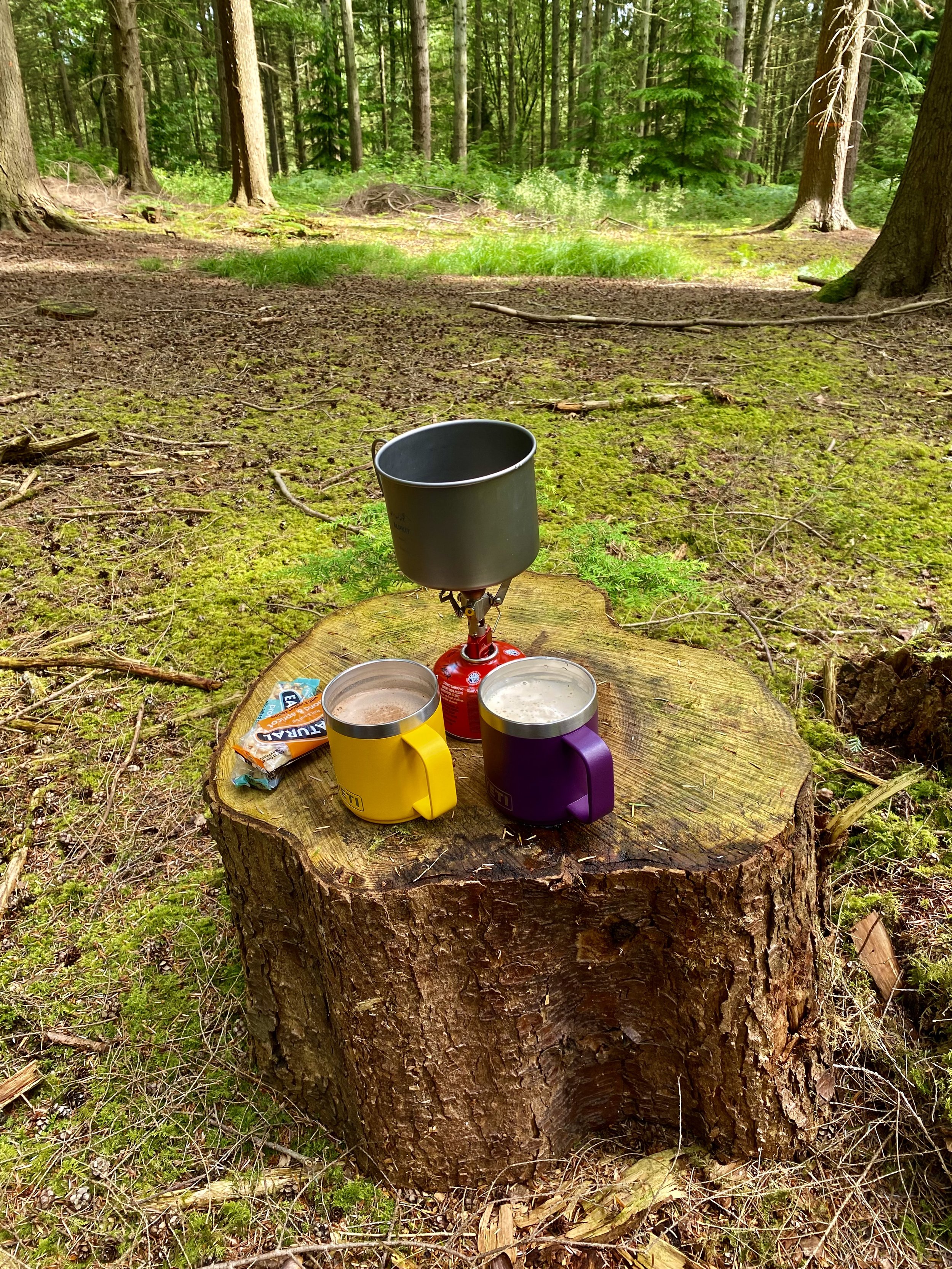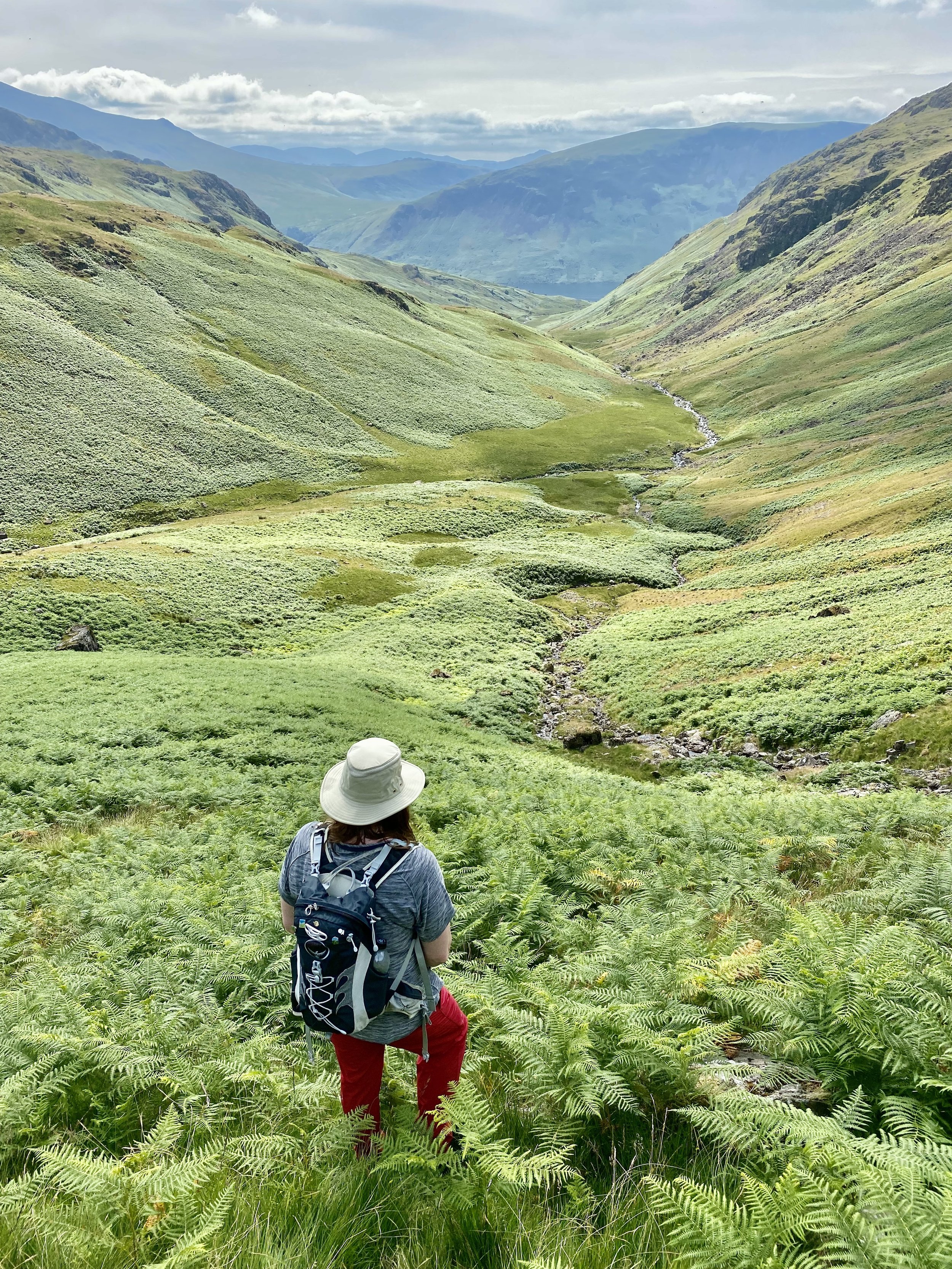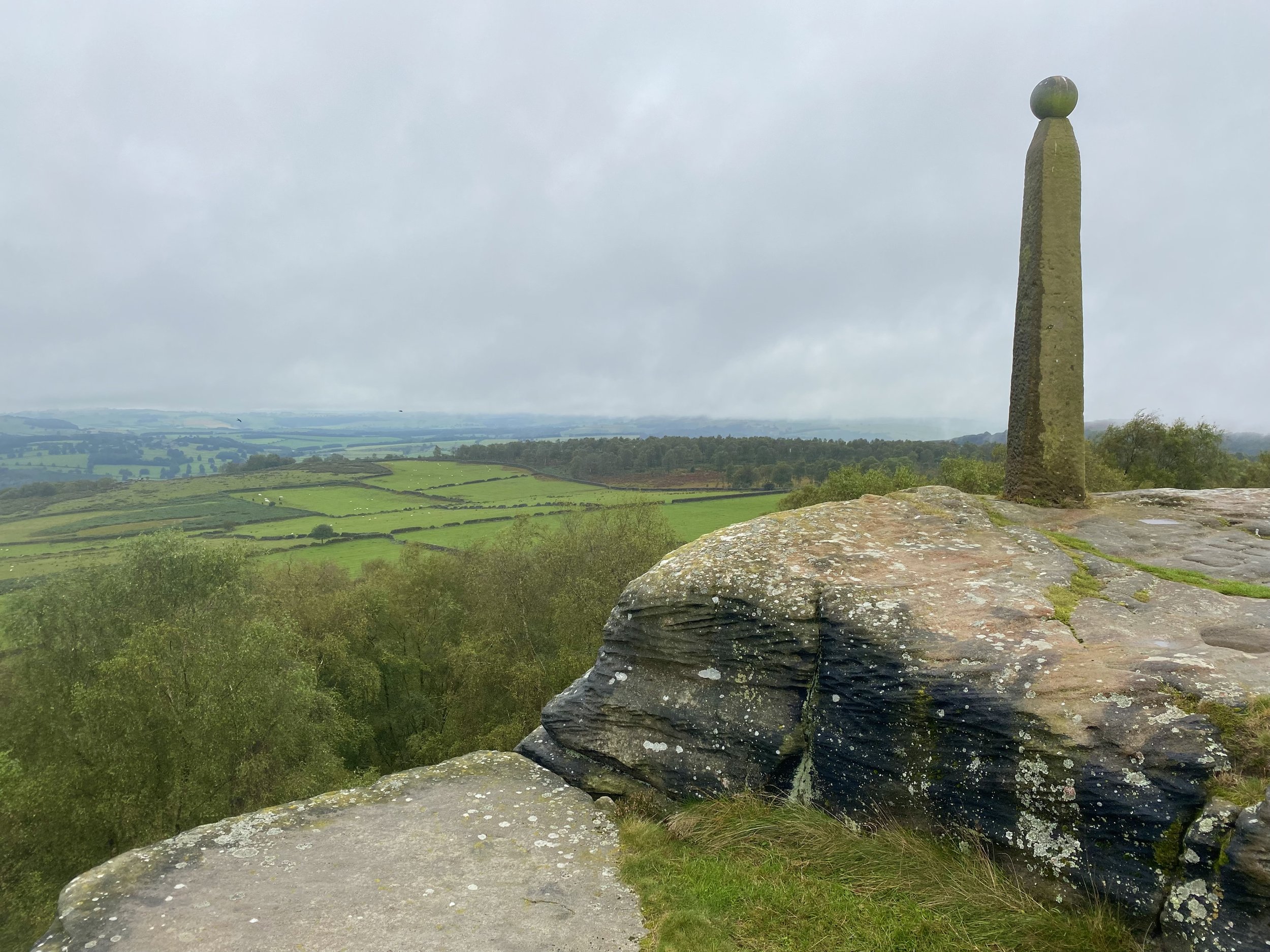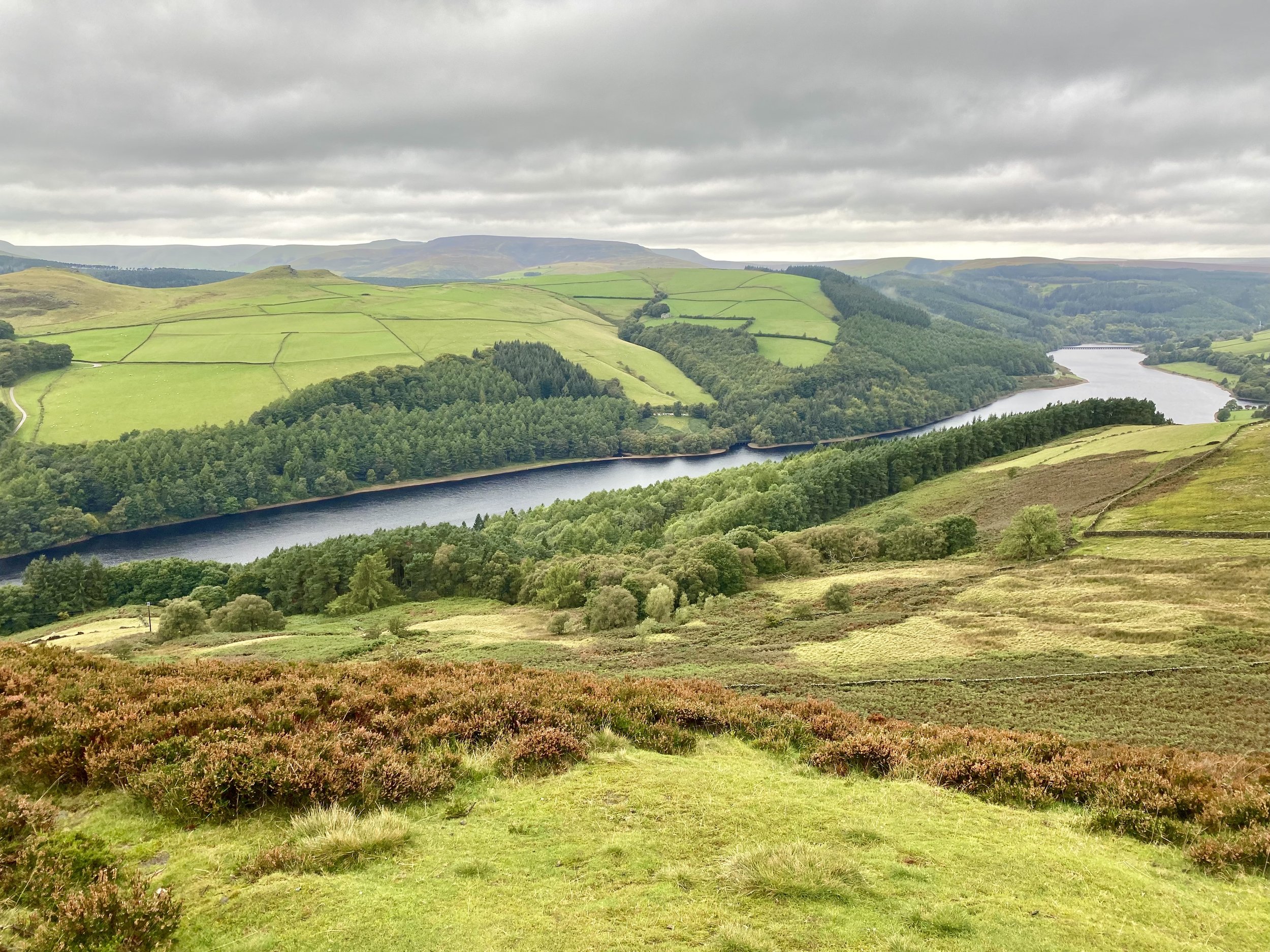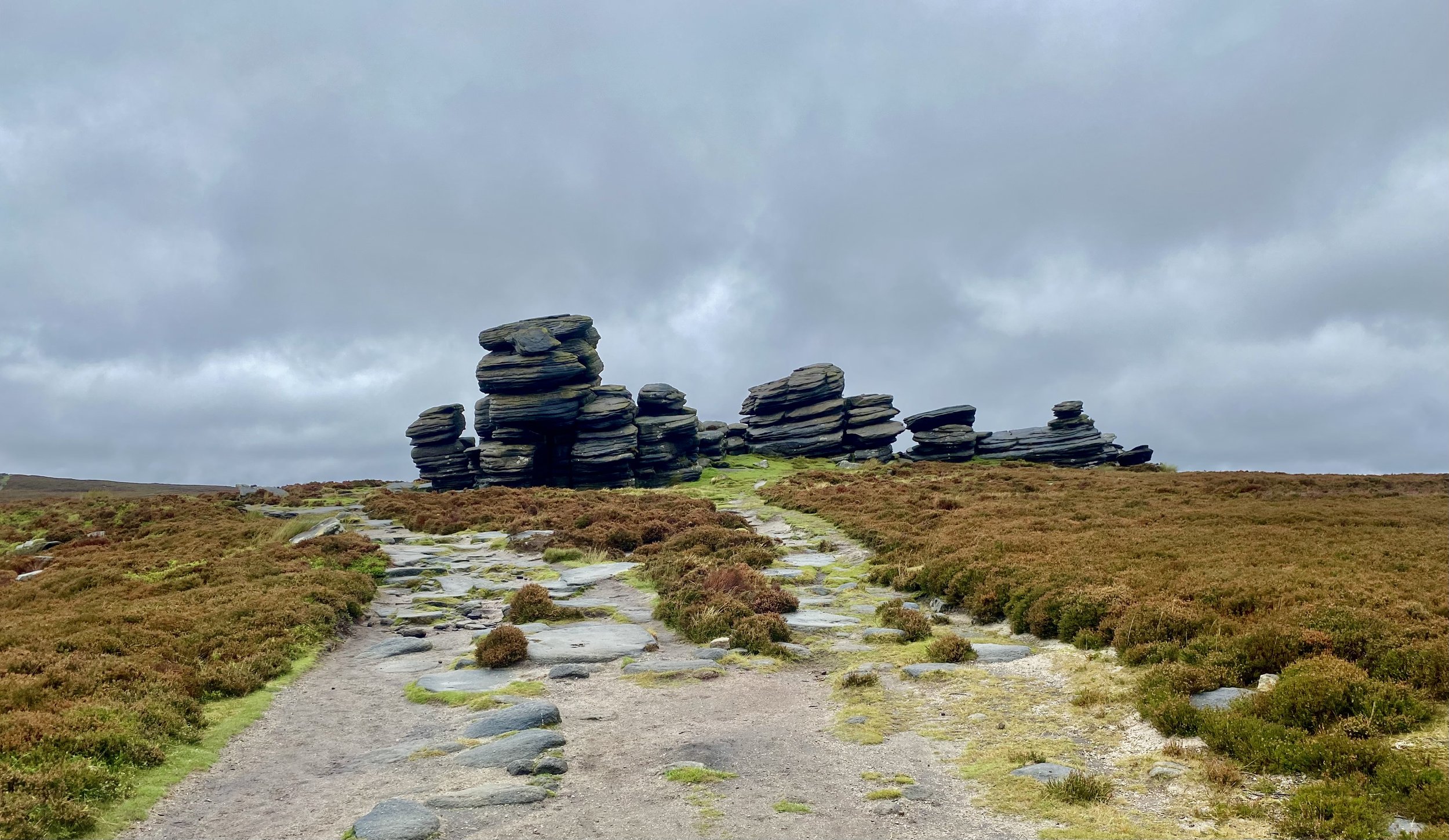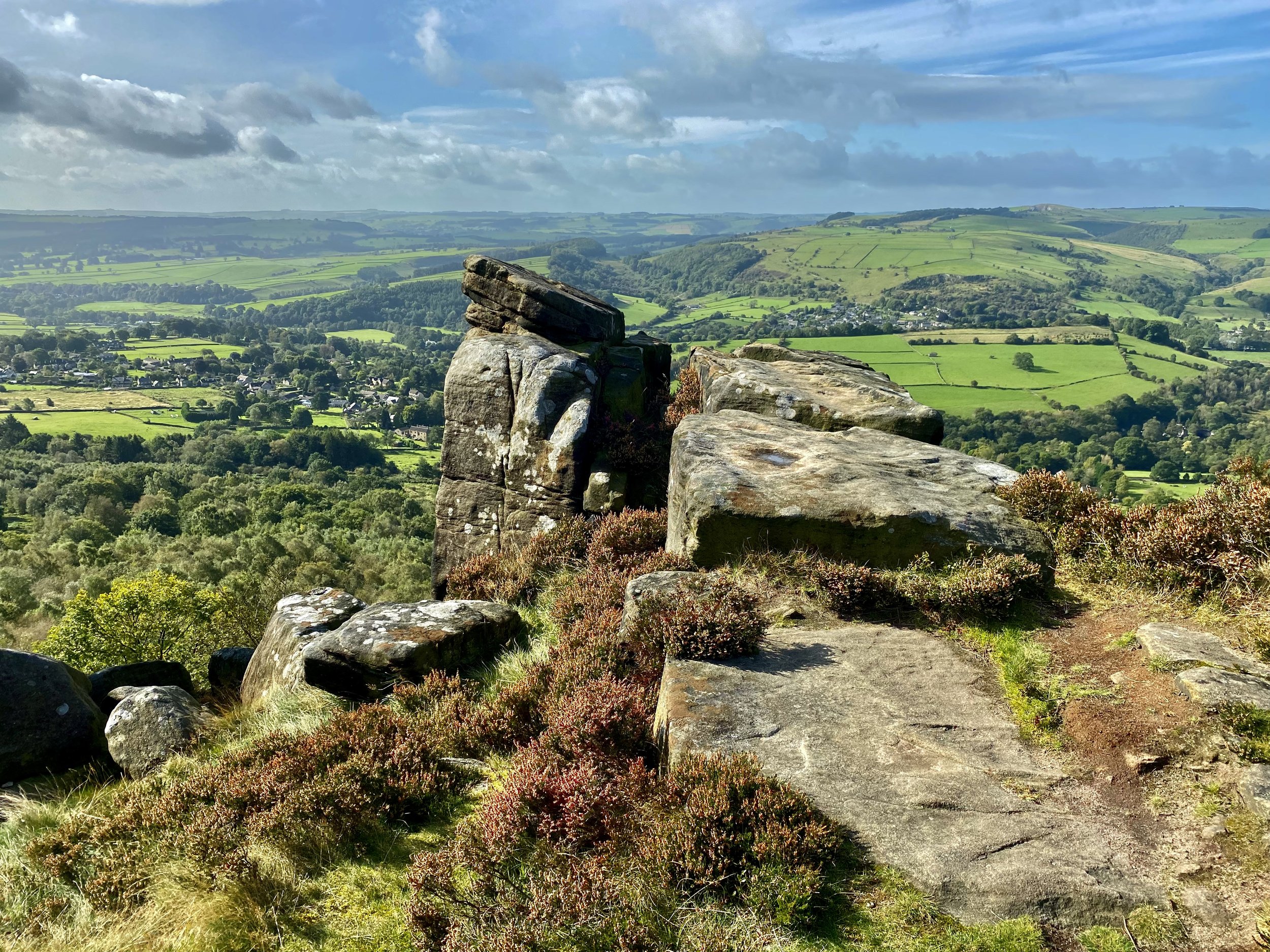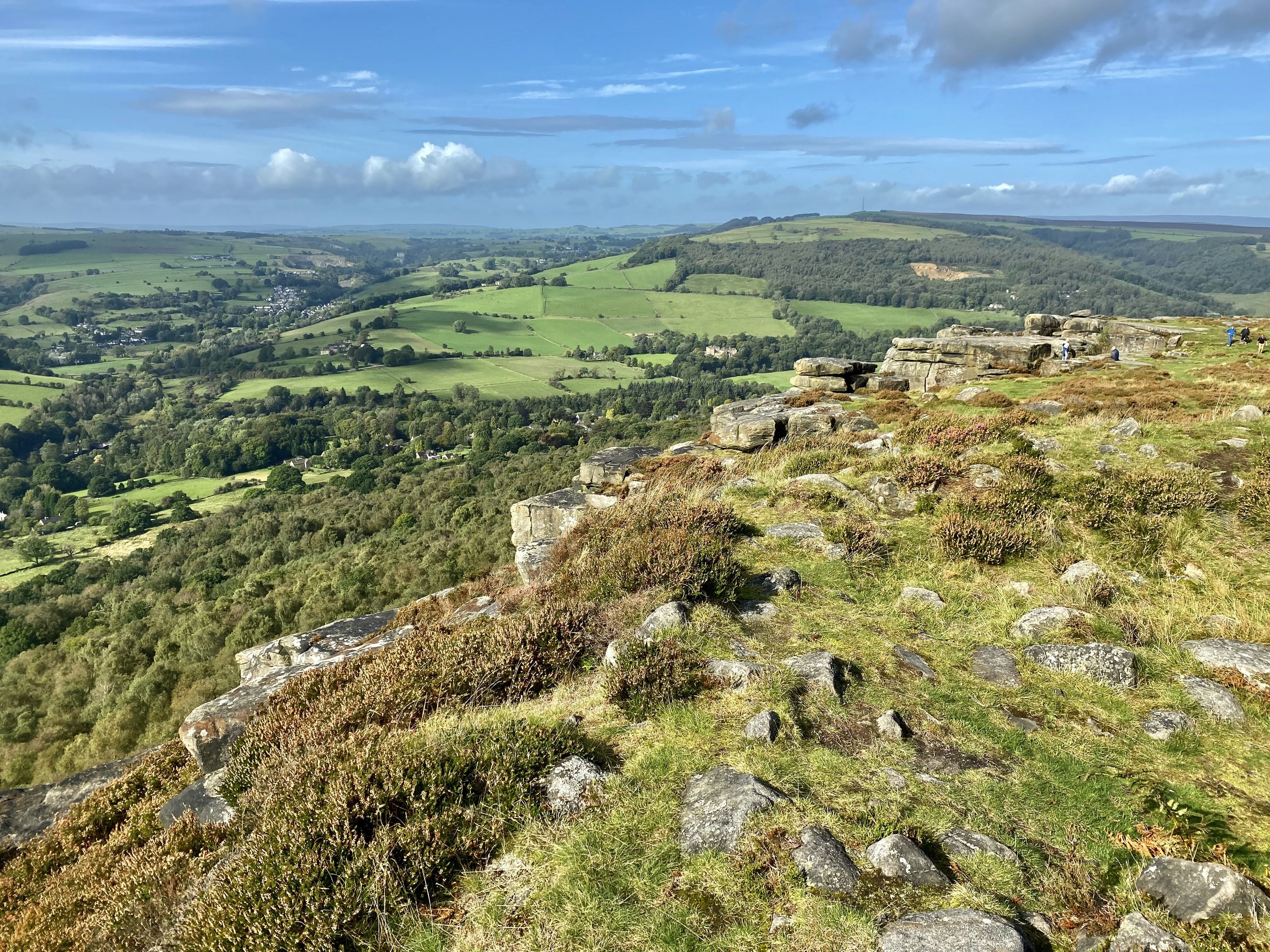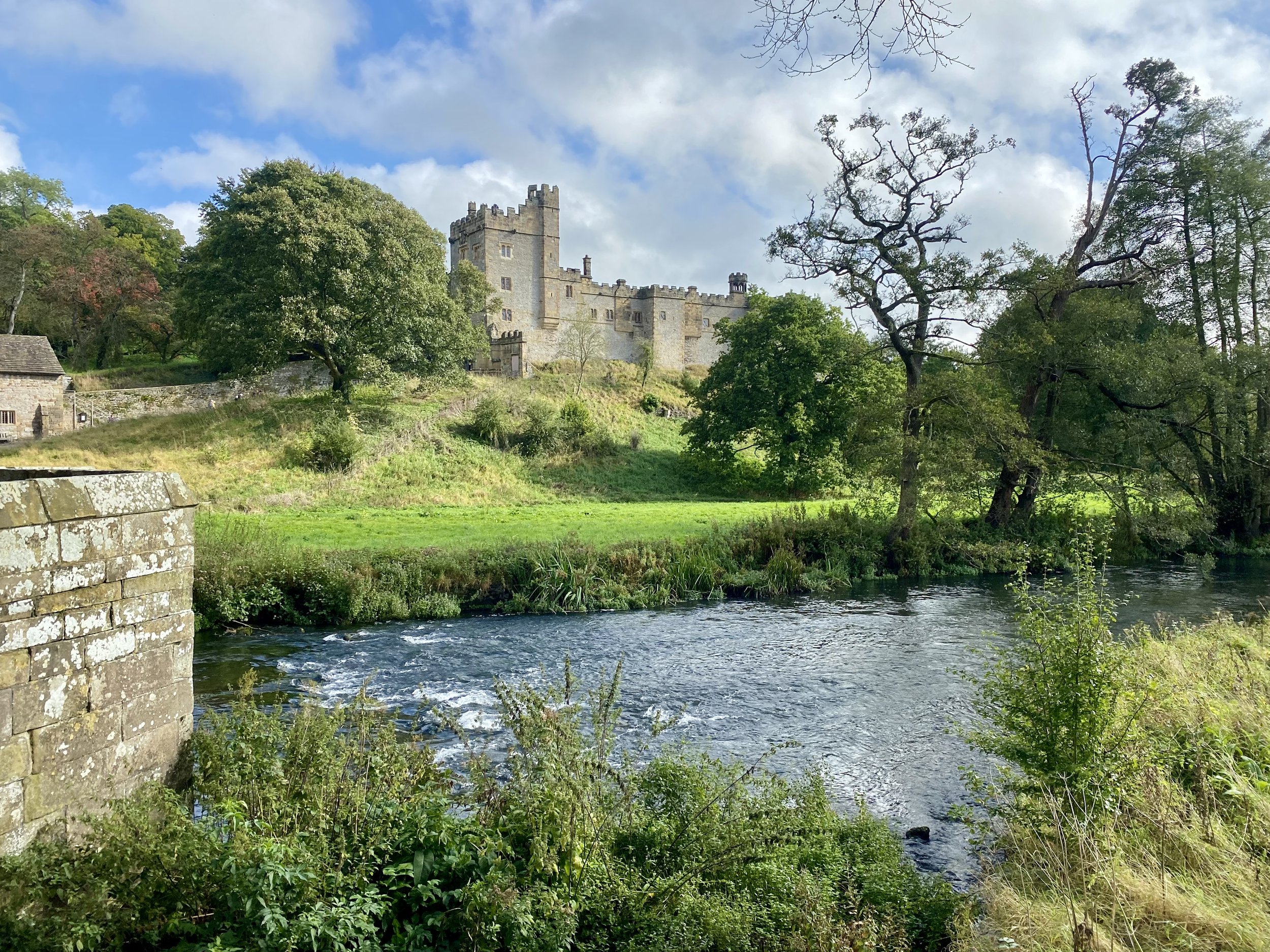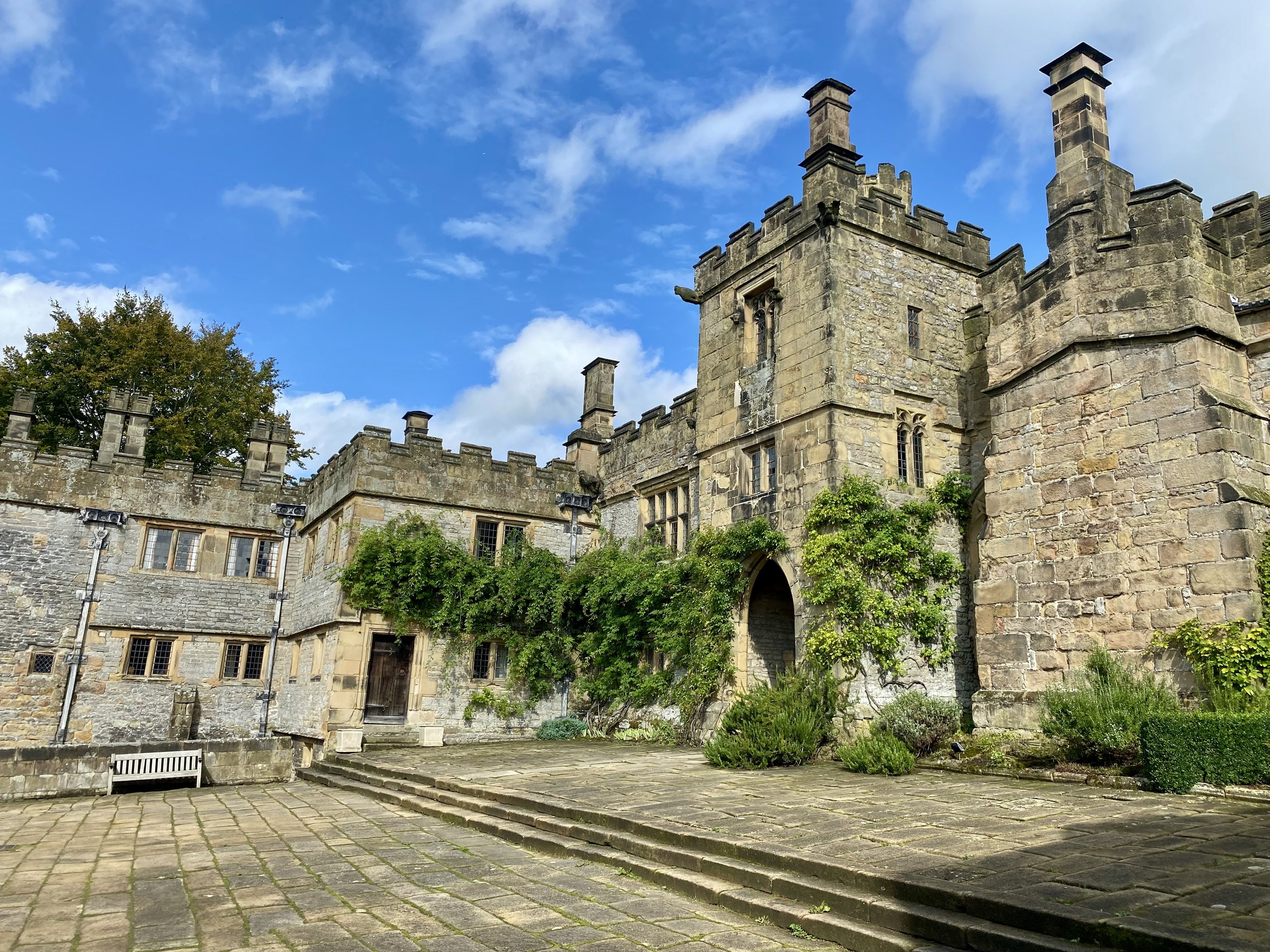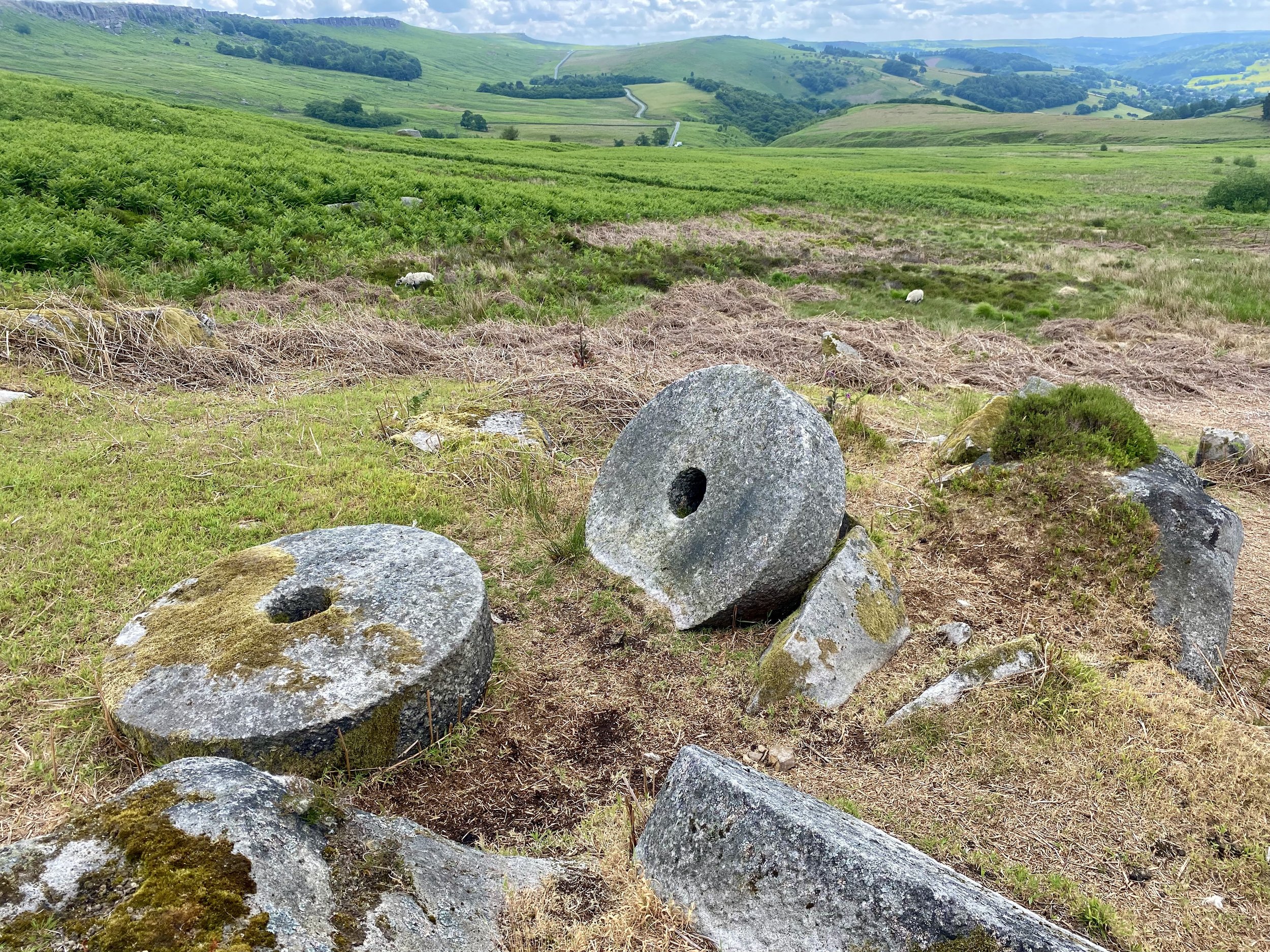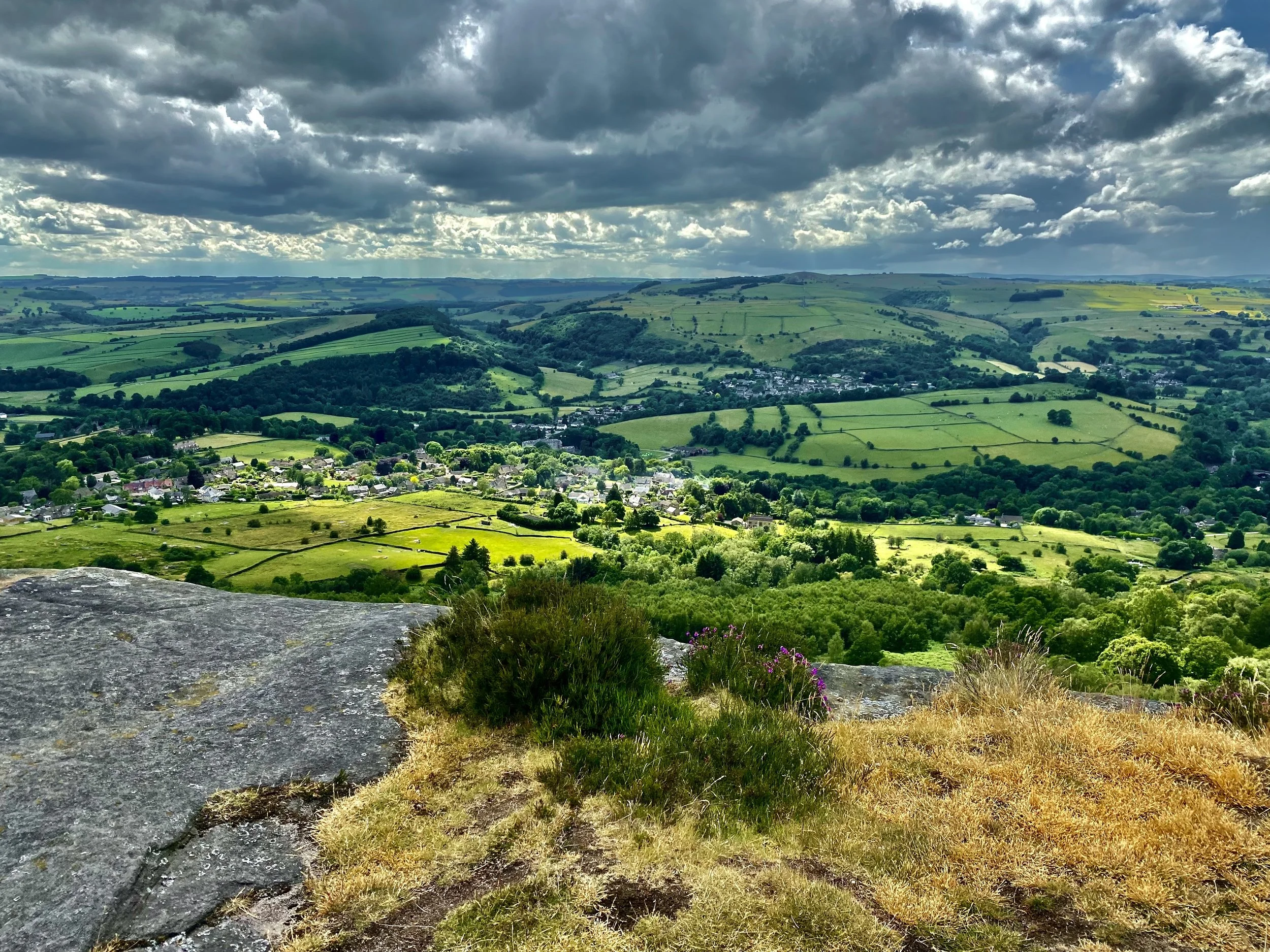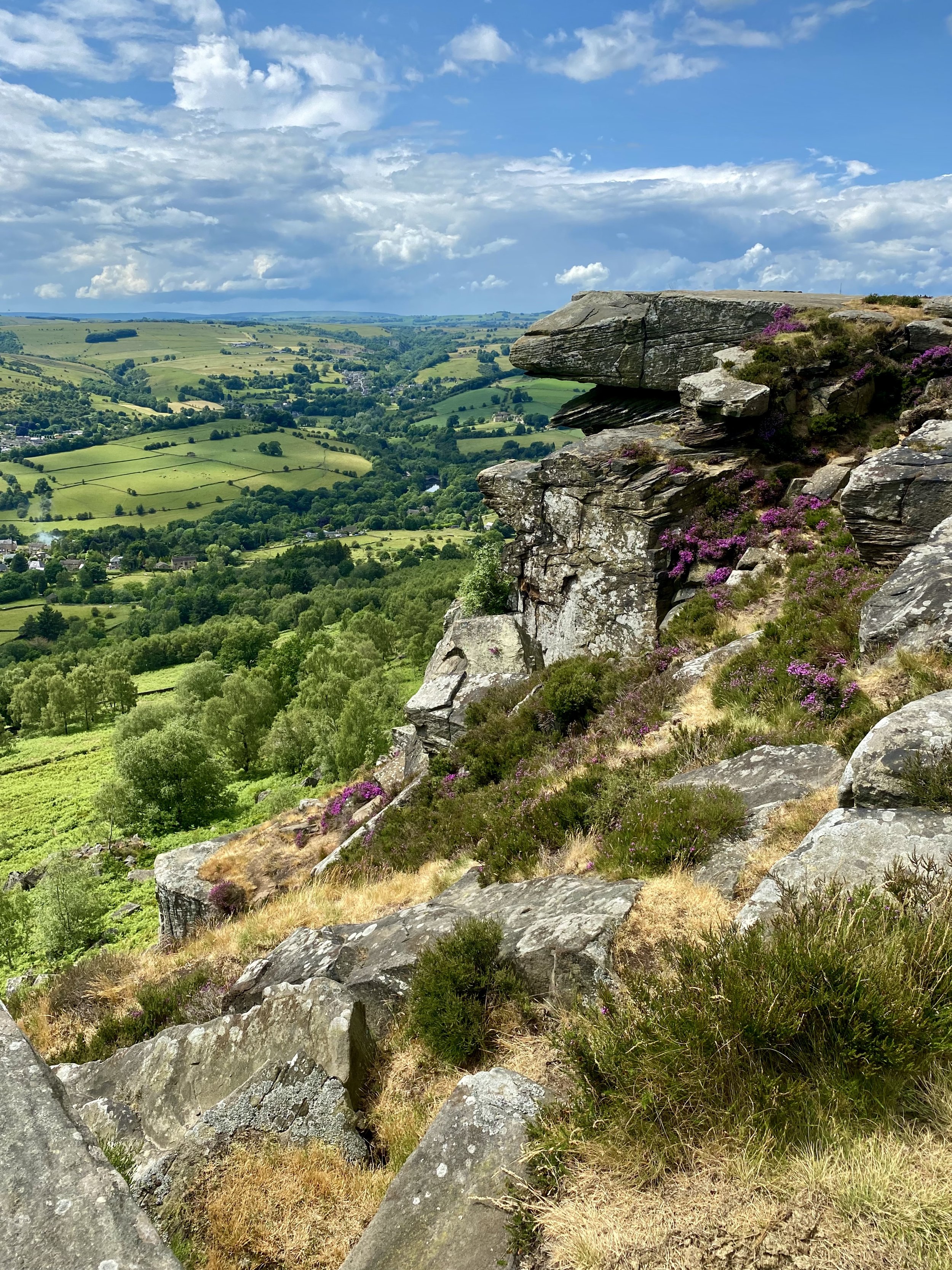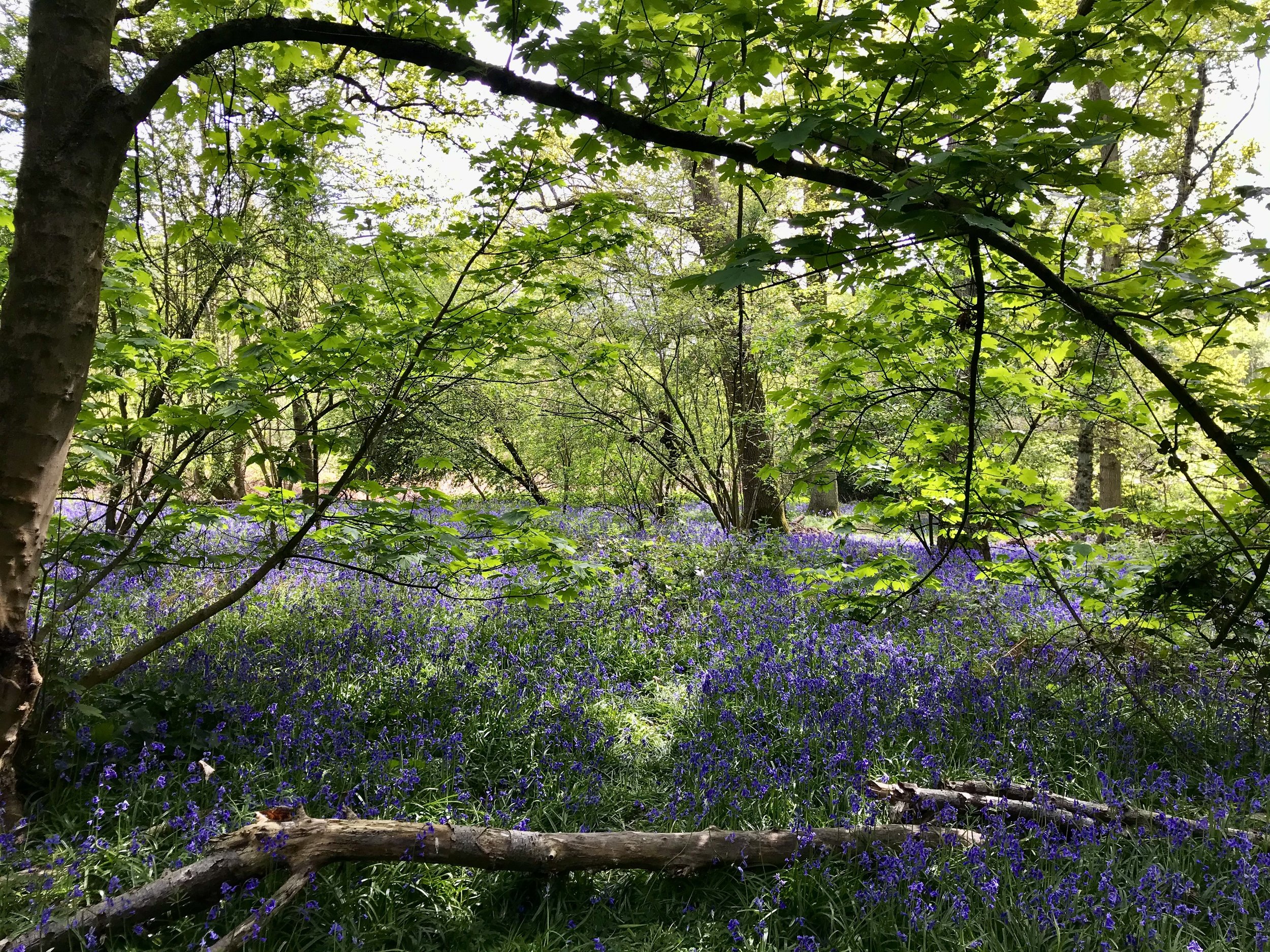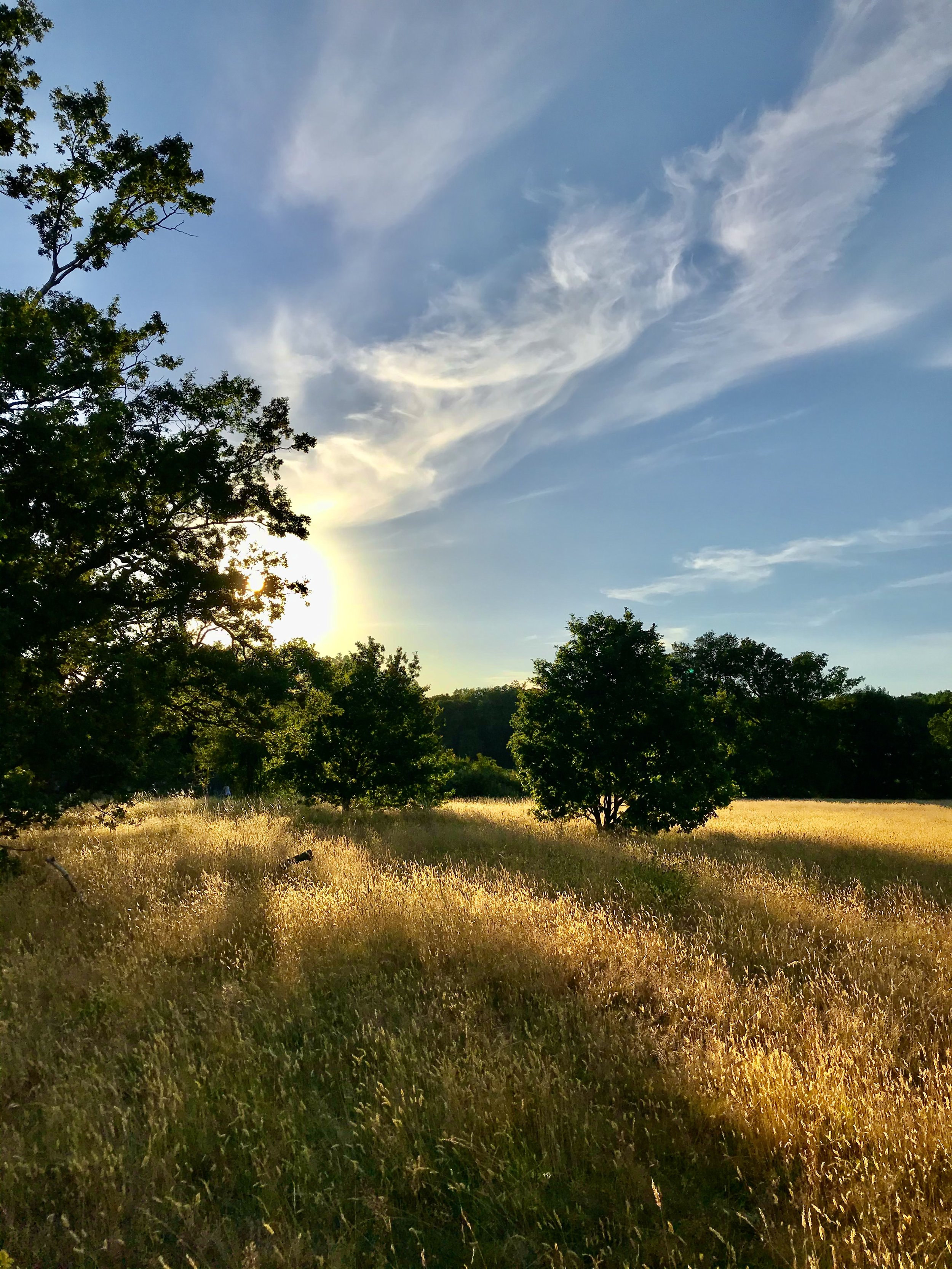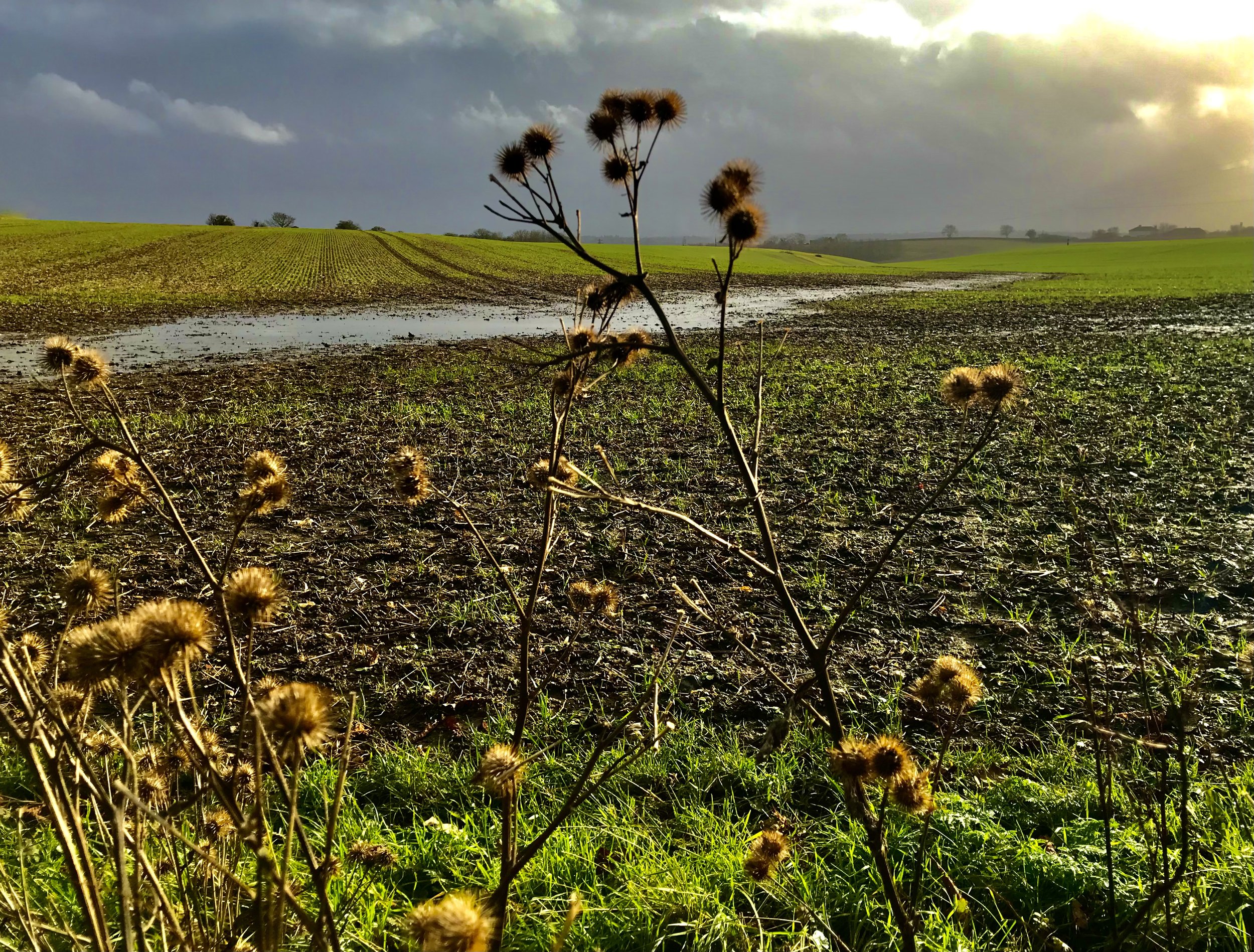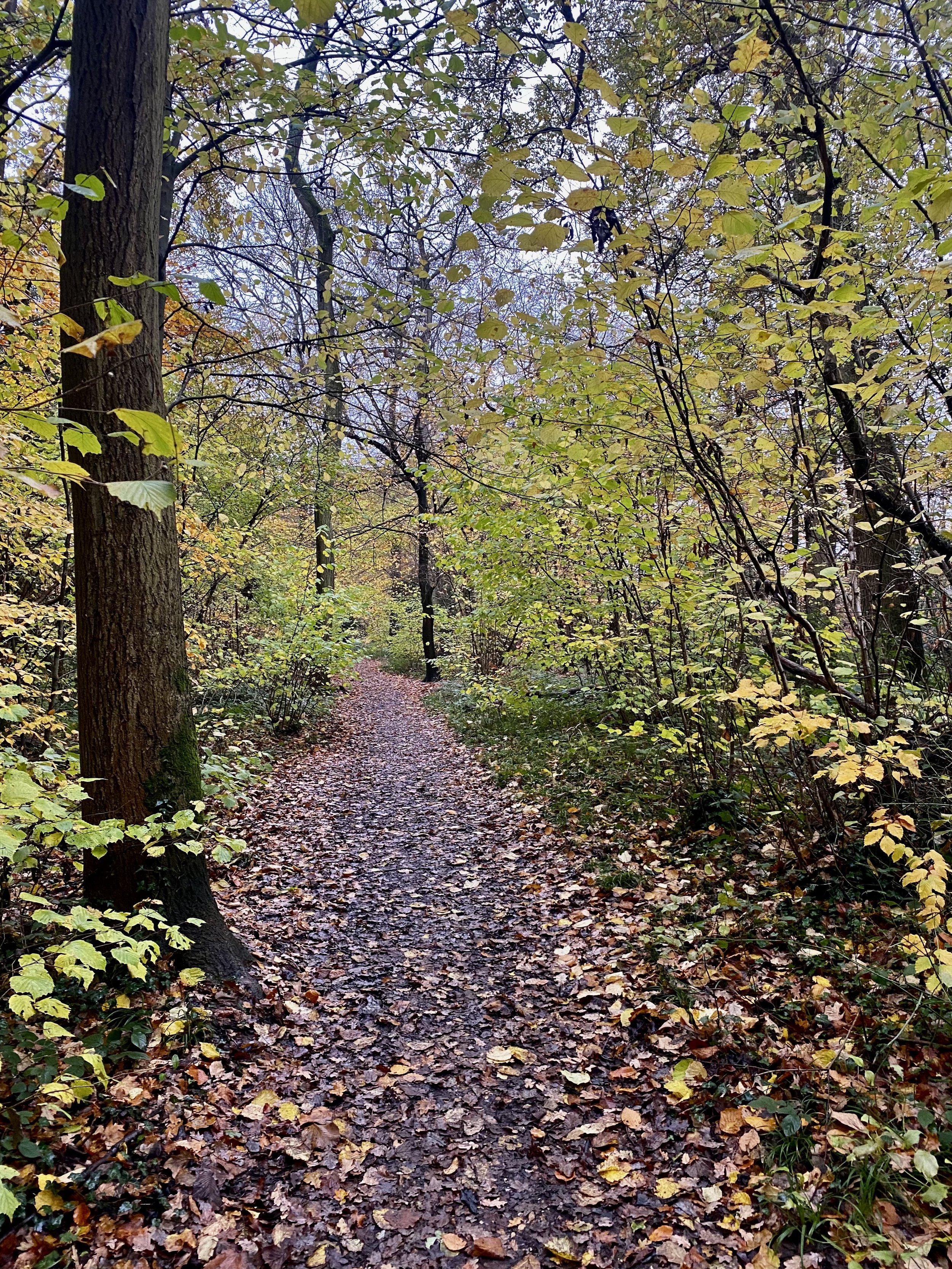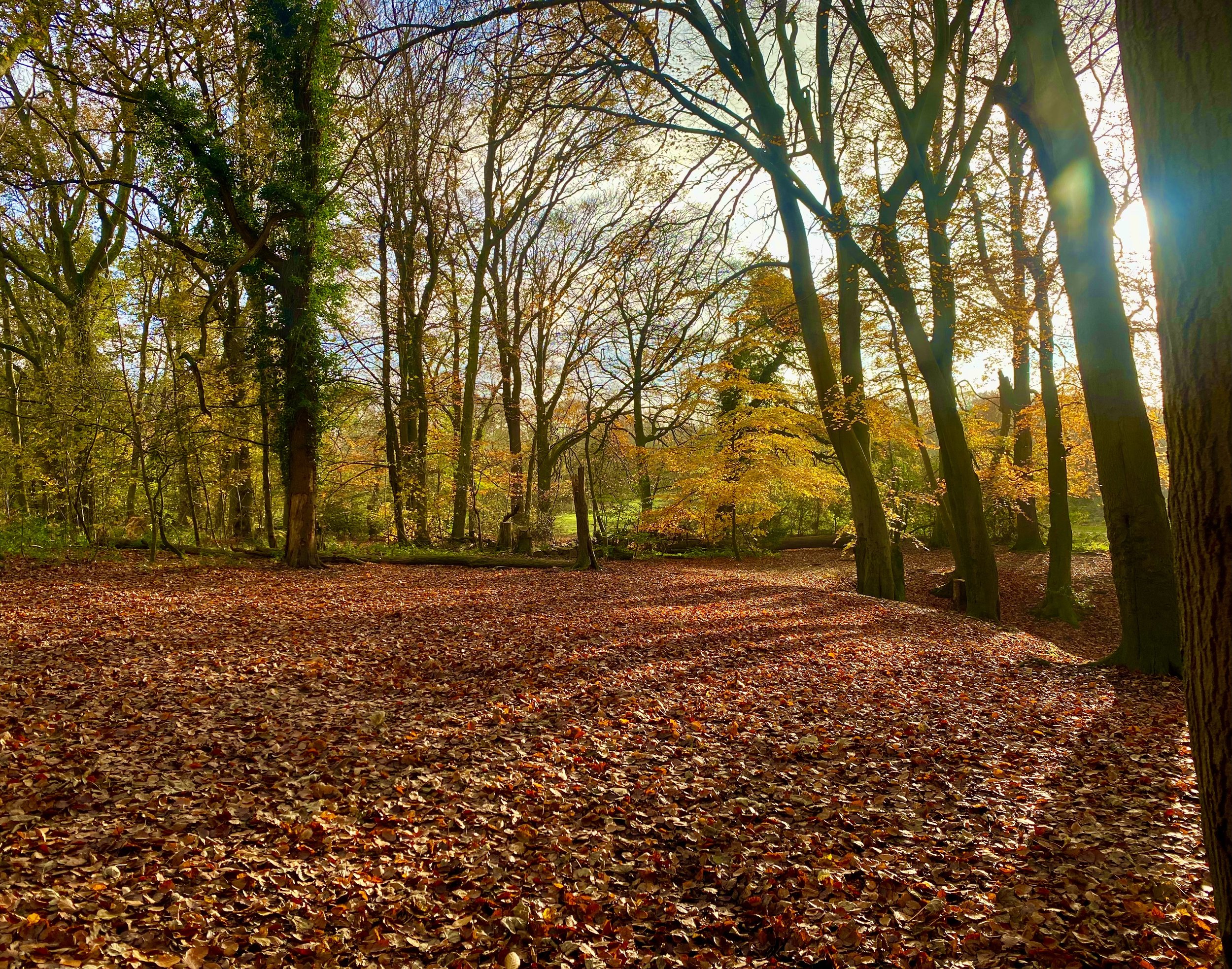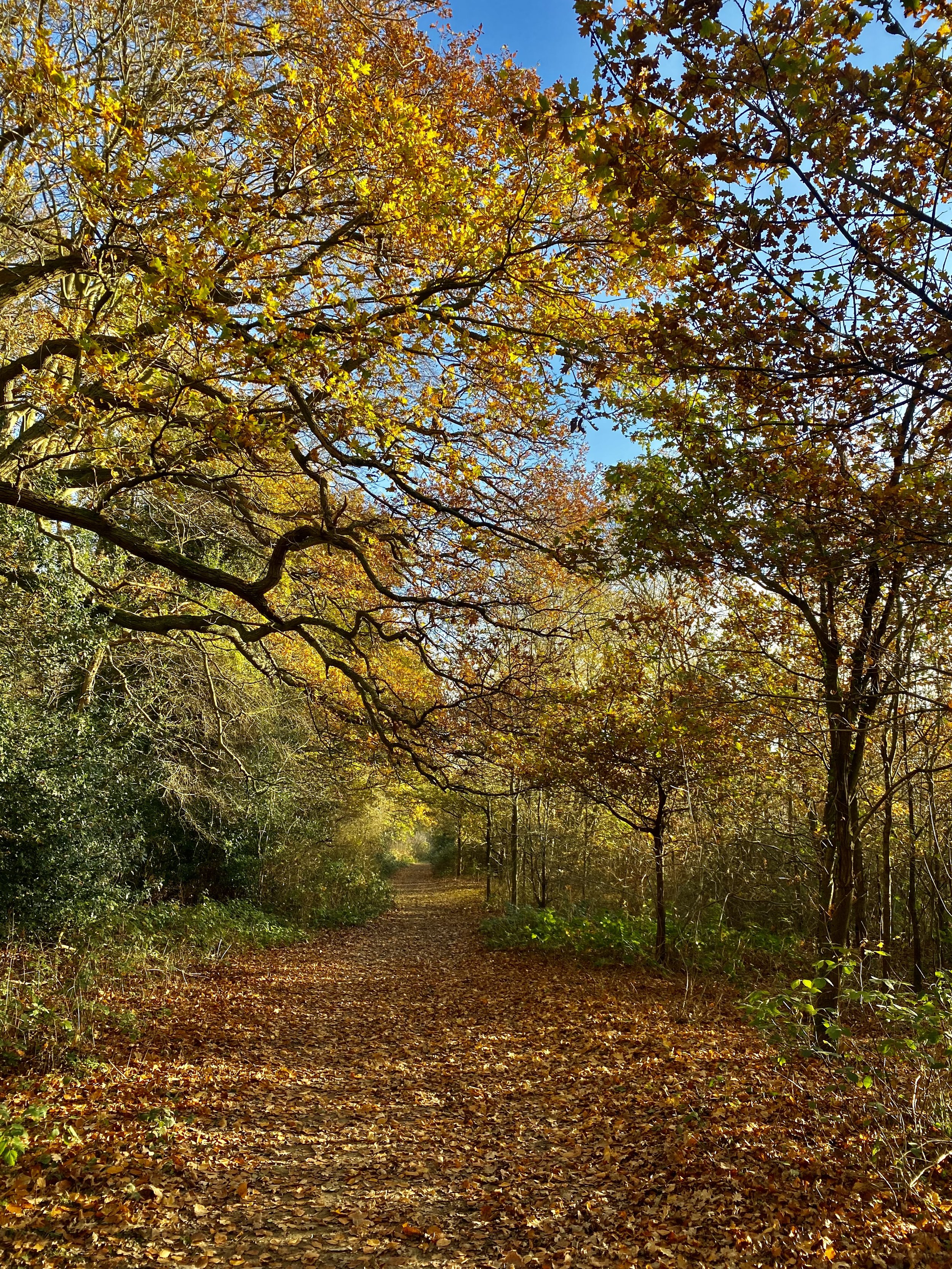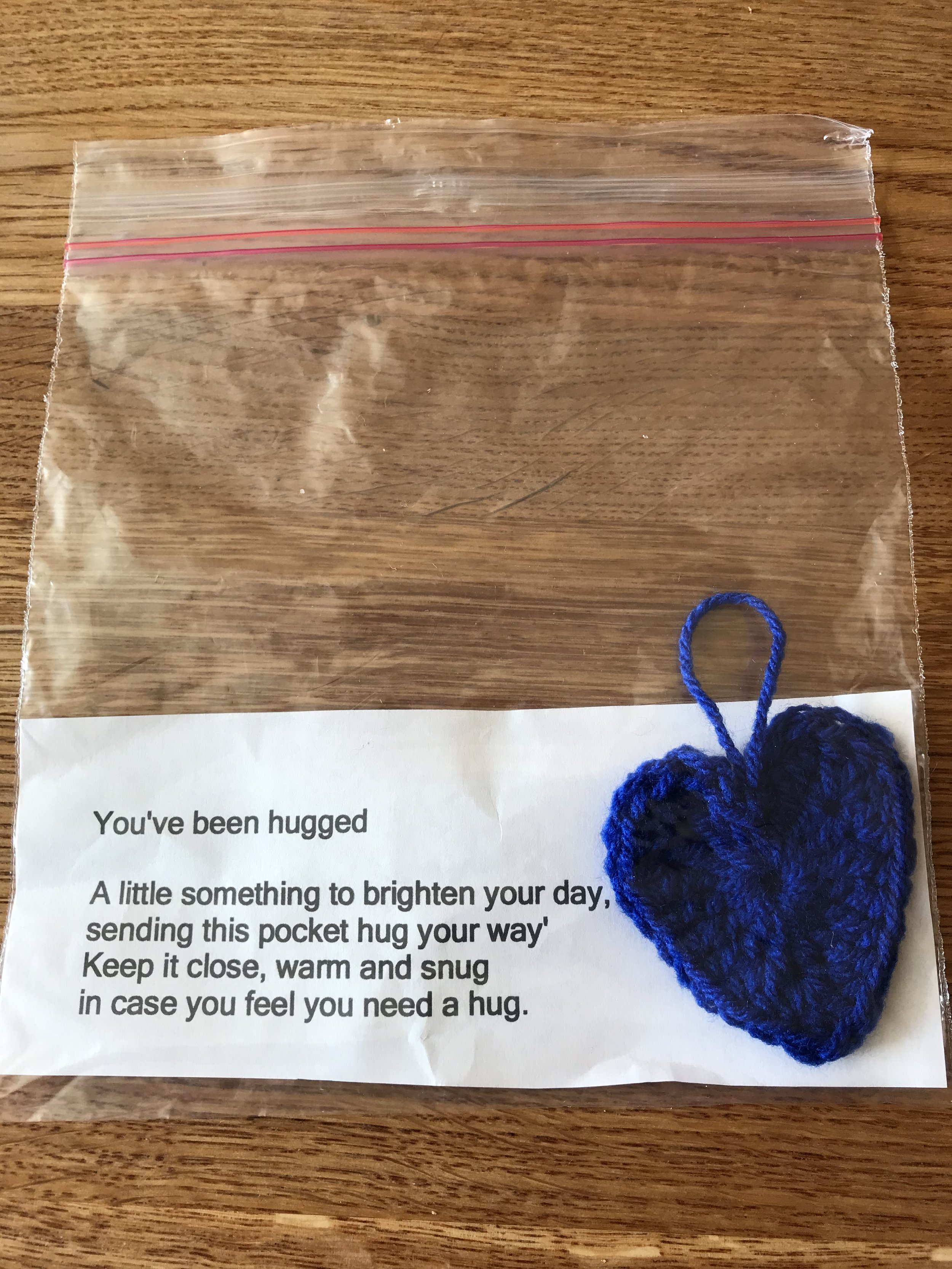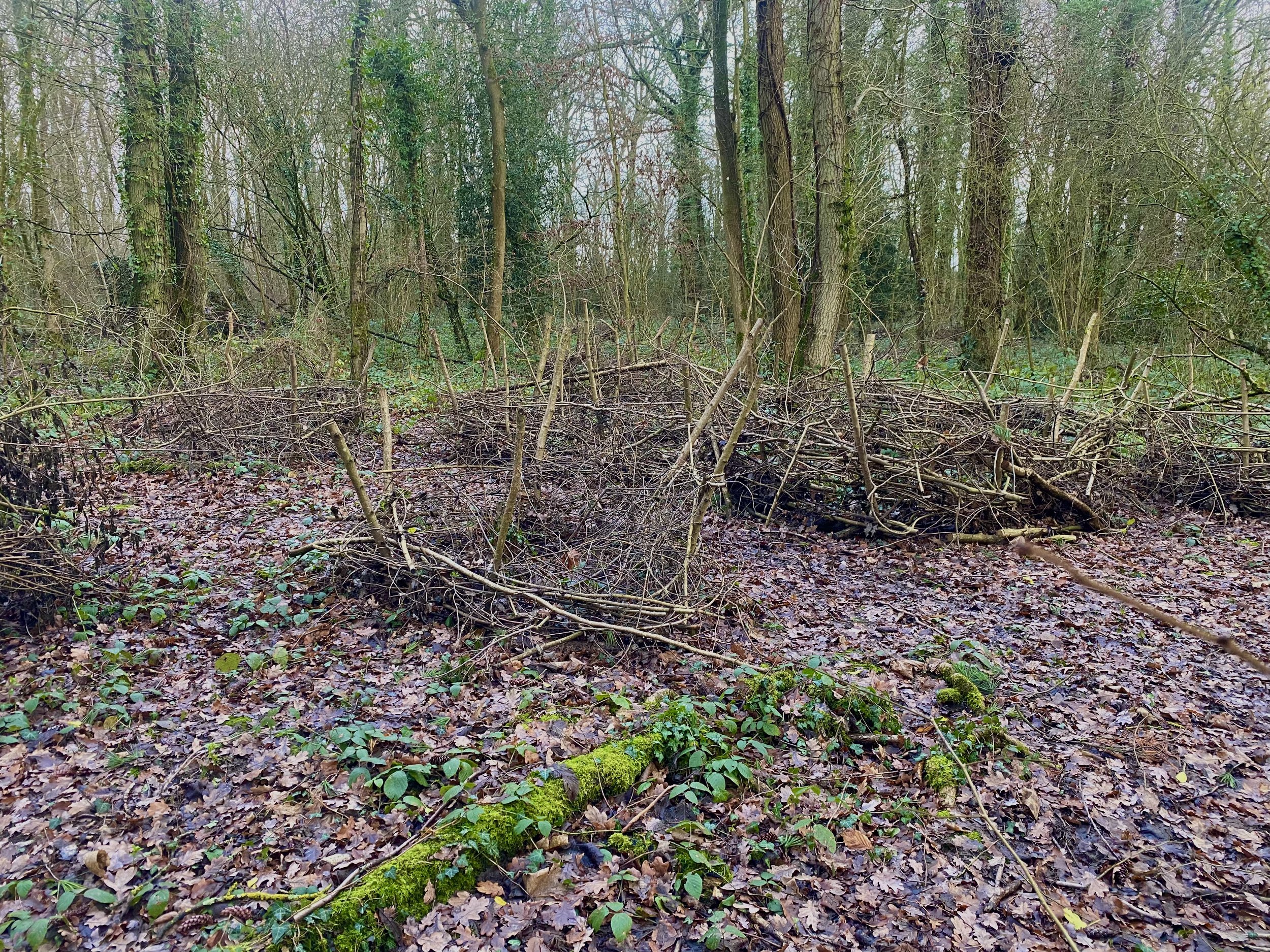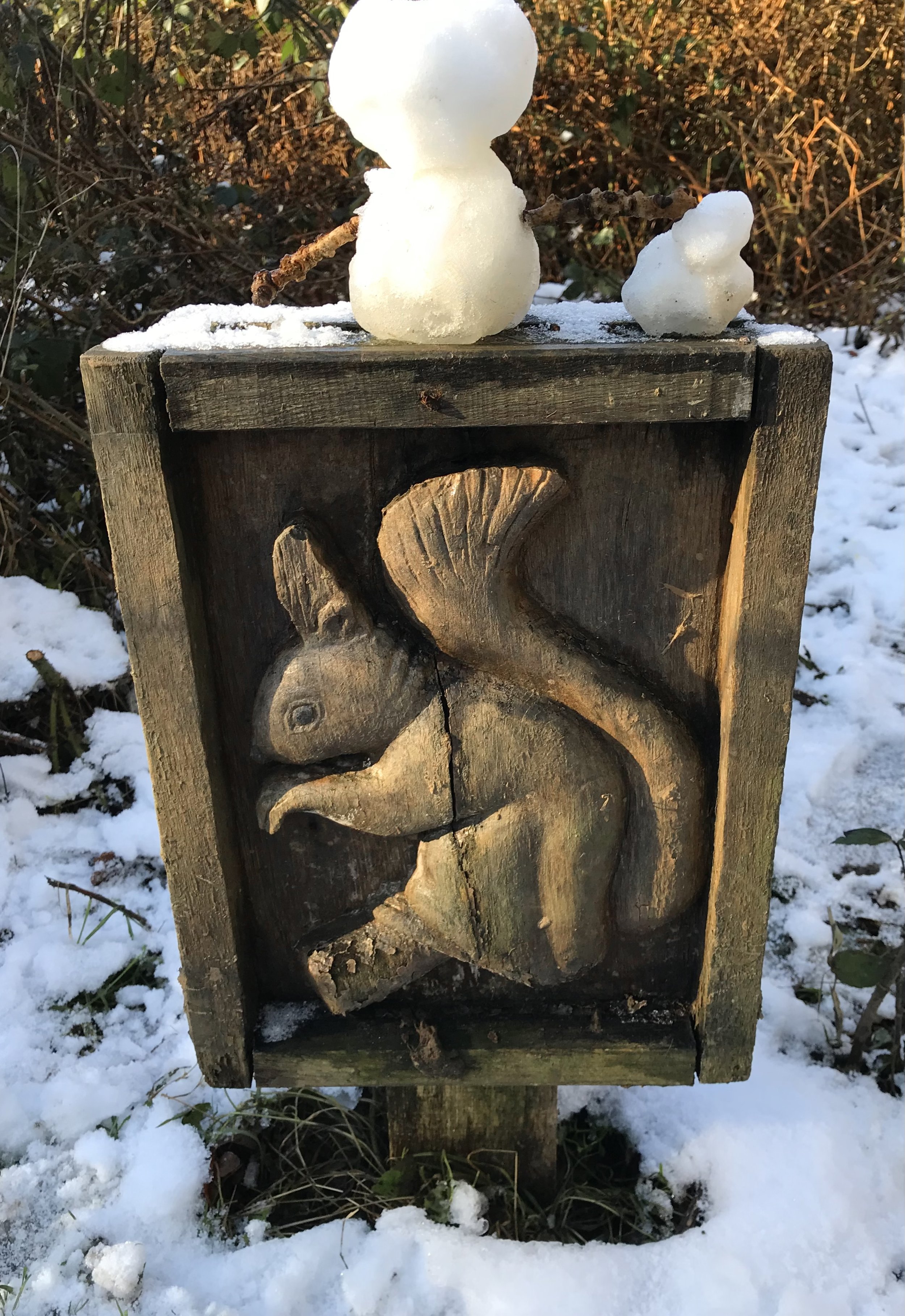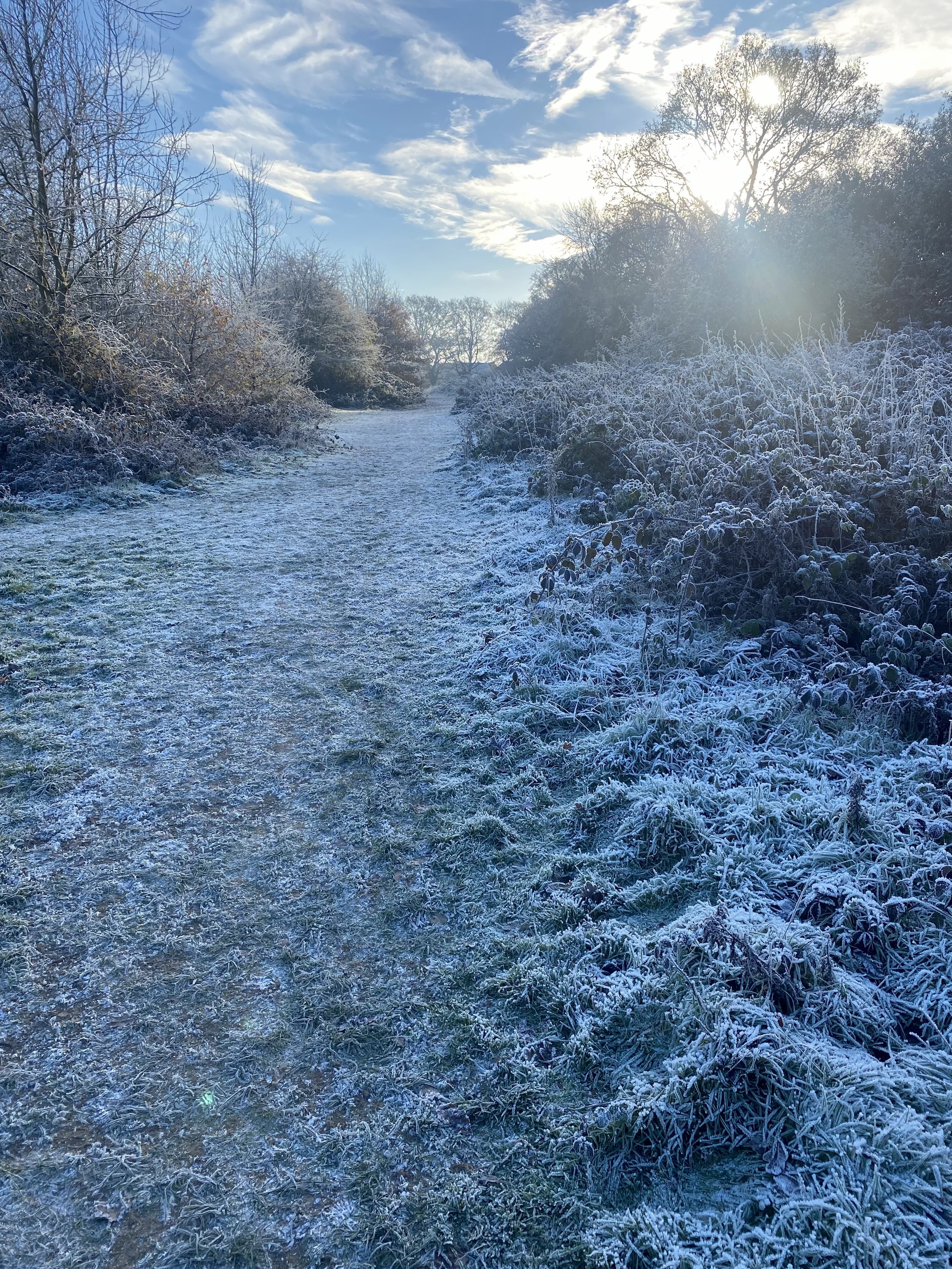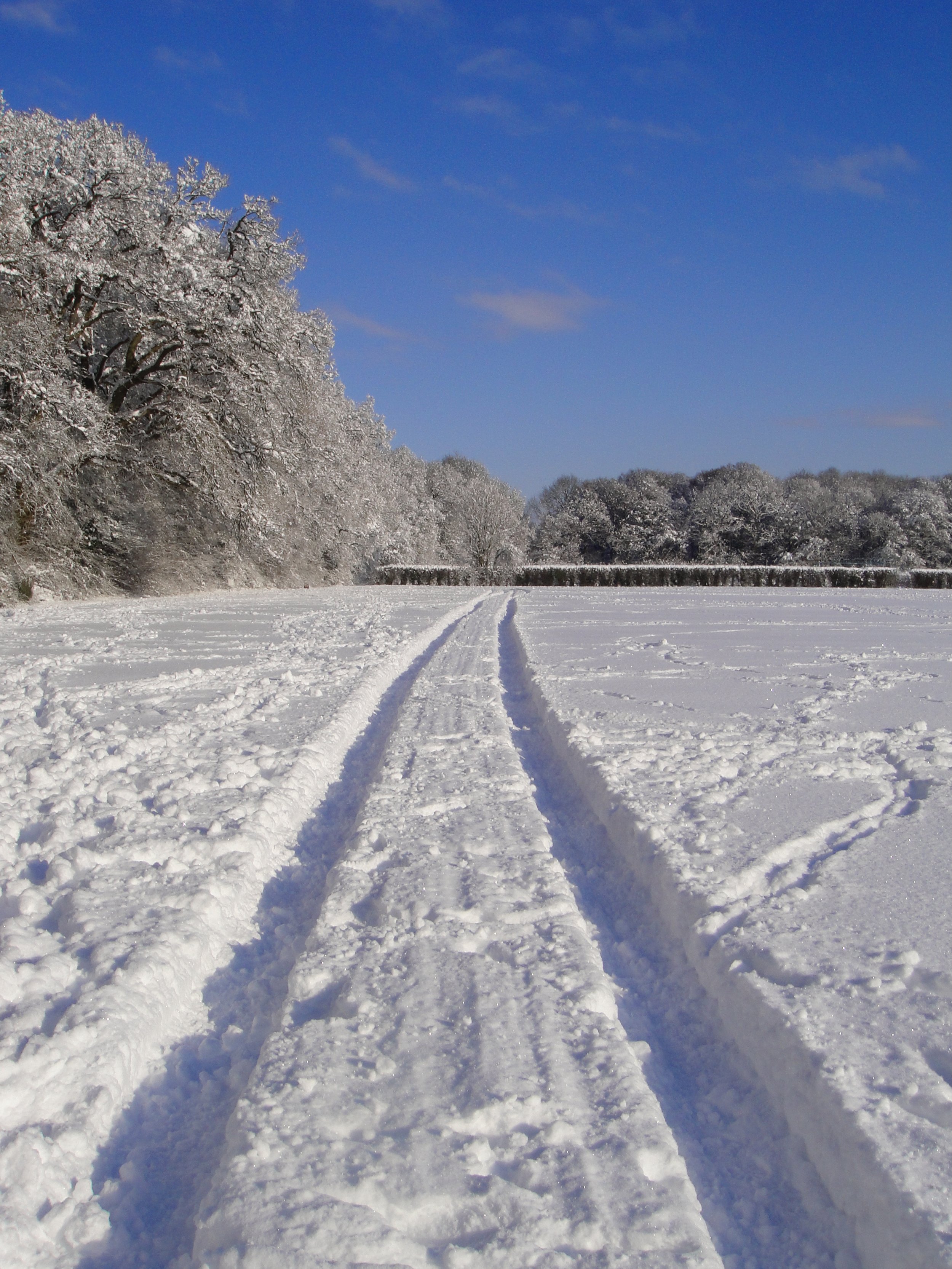What to...? Do after your walk
/This is the last post in the ‘What to’ series, and once you’ve finished your long day in the hills, that’s it right? Pub, pint and home? Well, yes and no. There are one or two things to bear in mind after a hard day’s exercise.
Stretch and Massage : Even if you’re fit, you can still feel stiff and sore and if like us, you’re not in the first flush of youth, there may well be the odd ache, pain or twinge to deal with. My lower back is always a bit stiff after a long day and a good stretch back at the car is lovely. Taking the weight of the rucksack off and then the weight off your feet feels great. We warm down by stretching arms above heads, touching toes, rolling shoulders, bending and then simply sitting with bare feet. Taking your boots off (and wet socks) is also lovely and massaging the blood back into your feet feels wonderful, as it does with your shoulders. We usually sit and do all this for about half an hour before anything else, although we do a sitting down, simplified version of this in the car or back at our accommodation if it’s freezing or raining. We usually take a massage roller with us to really iron out any knots.
Food & Drink : You will have used up a lot of calories on a full, physical day, so make sure you have a decent meal. If, like us, you don’t tend to feel that hungry during the day and only eat relatively small amounts, this is important and many a time I think I haven’t felt like a meal, then when it arrives, I’ve realised I was hungry after all. On the odd occasion though, I have been ravenous for something to eat! Similarly, rehydration is vitally important. I’ve mentioned having dehydration before, years ago, when a pint of water and a pint of Ribena did the trick, along with a hot meal and a couple of hours sleep. In high summer, you will probably be slightly dehydrated, so something other than water is better, as you don’t want to flush any more salts out of your system. We’ve had squash or lemonade which has helped, as has a salty snack and a light meal. I tend to get a slightly upset stomach when I get a little dehydrated, so rice and plain grilled chicken is what I go for and we always avoid tea, coffee and alcohol as well.
Kit : There’s a tendency to get back to your home/hotel/self catering cottage/apartment and just dump all your muddy, wet gear in a pile and leave there it until the next morning. This stuff is expensive and a little bit of TLC ensures firstly that it lasts, but also that it’s ready for your next walk. We always change shoes and socks in the car, so wet socks, hats and gloves go on radiators, we empty and air wet rucksacks, wipe mud off waterproof trousers and trekking poles, stuff boots with newspaper (well I do as mine leak), hang up waterproof jackets and any other wet bits and pieces. Our dry bags are emptied and wiped out, rubbish is thrown away and most everything else laid out on a table overnight to dry and/or air. In hotel rooms, it’s a little more difficult, but we hang things over the bath or shower and then lay wet clothes on the floor. It all looks a bit of a mess, but it’s effective and you don’t want to make the room too damp and steamy by having everything on radiators. We always take two pairs of boots with us and so have a dry pair ready for the next walk.
Baths & Showers : What can be better to ease sore feet and aching muscles than a long soak in boiling foamy water?! Many a walk in the cold and wet has been motivated by this thought. Showers are just as good in the summer for cooling down and freshening up. Equally as good in the heat of high summer is full immersion in a stream or small river, fully clad, to cool off, as is sluicing head, neck and arms in crystal clear, cold water throughout the day.
Rest : I love that warm, fuzzy feeling you get from physical exercise; so much better than that headachy mental tiredness at the end of a working day. Bizarrely, we find that a lot of exercise stimulates us to the extent we’re not always that tired at the end of the day, but there have been occasions in the past where we’ve fallen asleep in front of the TV. Get plenty of rest, sleep with a window open, relax and let your body recuperate and repair.
Plan the next walk : A decade ago, we would go away for two weeks and walk and climb every day. We now prefer to walk every other day (although our walking days are invariably still quite long with a lot of climbing). We have usually planned our week before we go, so we know roughly what we want to do or achieve, and then our ‘rest’ days are taken at a more leisurely pace which we quite enjoy. In November, after a 9 mile walk and 4 mountains, the rain was utterly torrential the next day and we spent it in our accommodation, reading, planning and relaxing which was both very unusual for us (we’re not good at sitting around) and quite enjoyable for a change.
Whatever you do, take care of yourselves and your kit, ready for the next outing!




